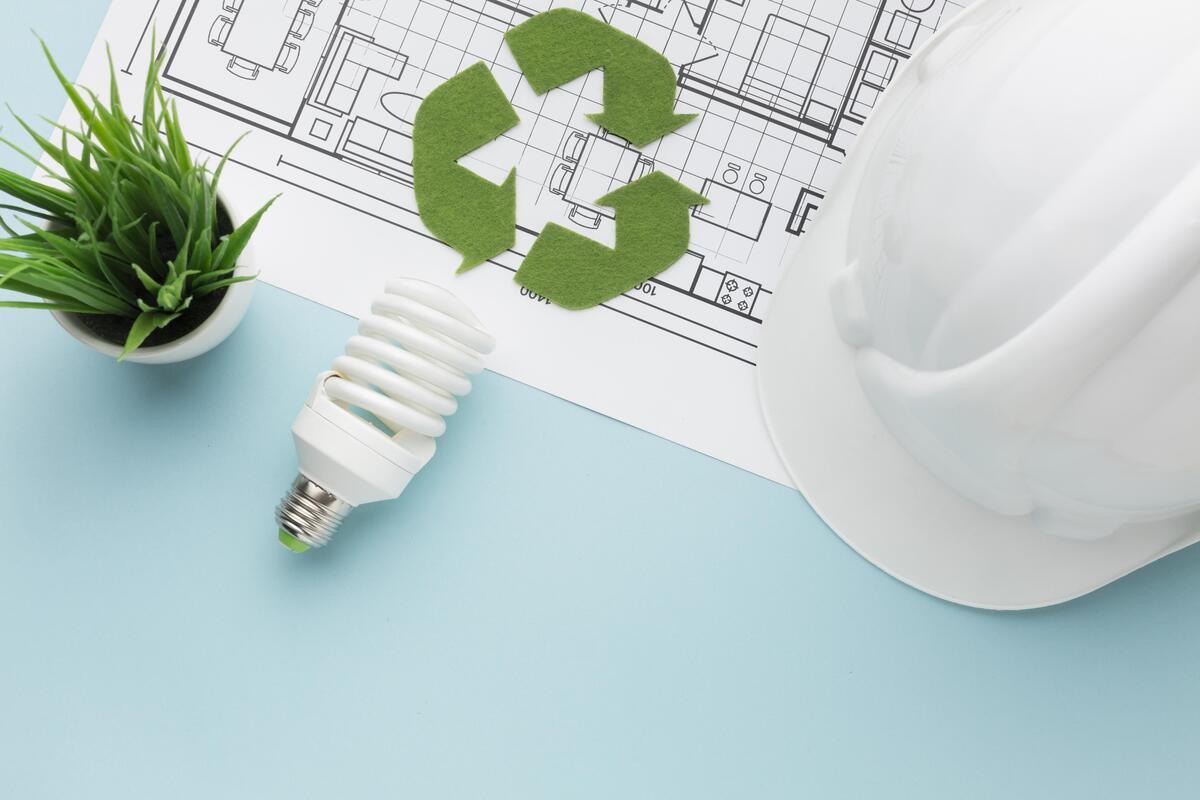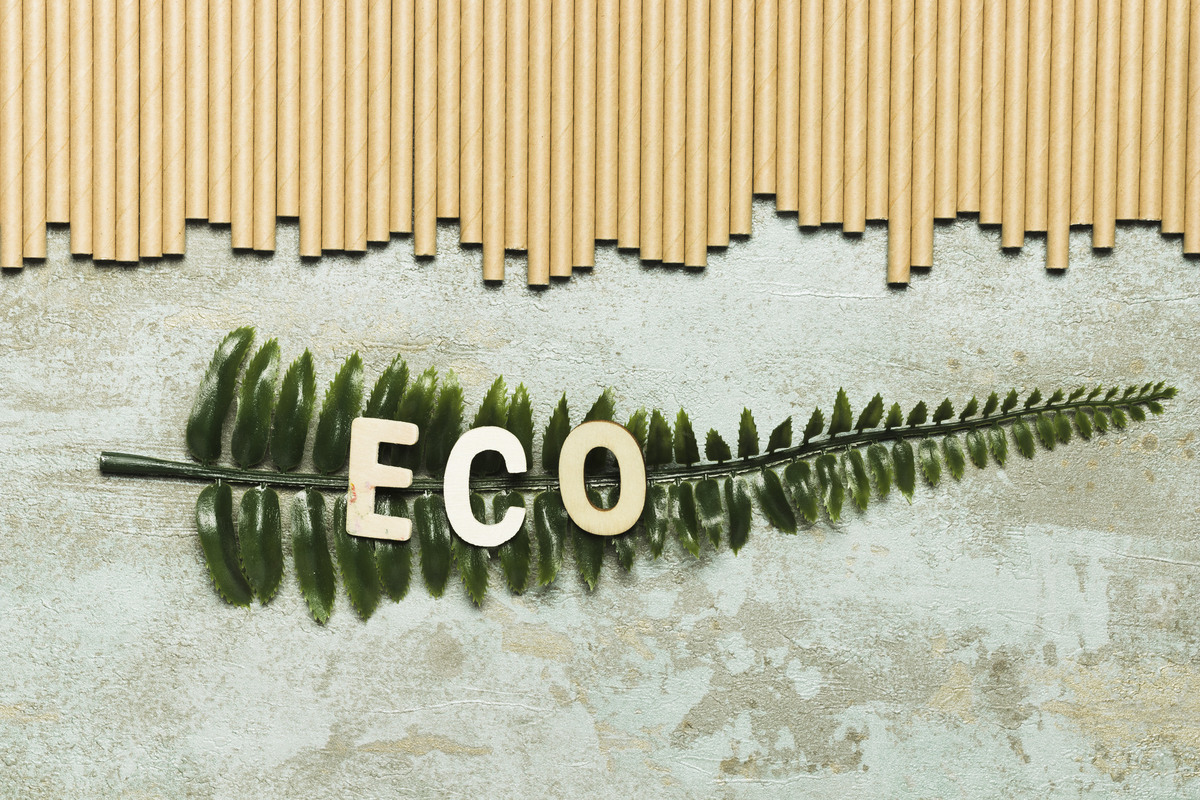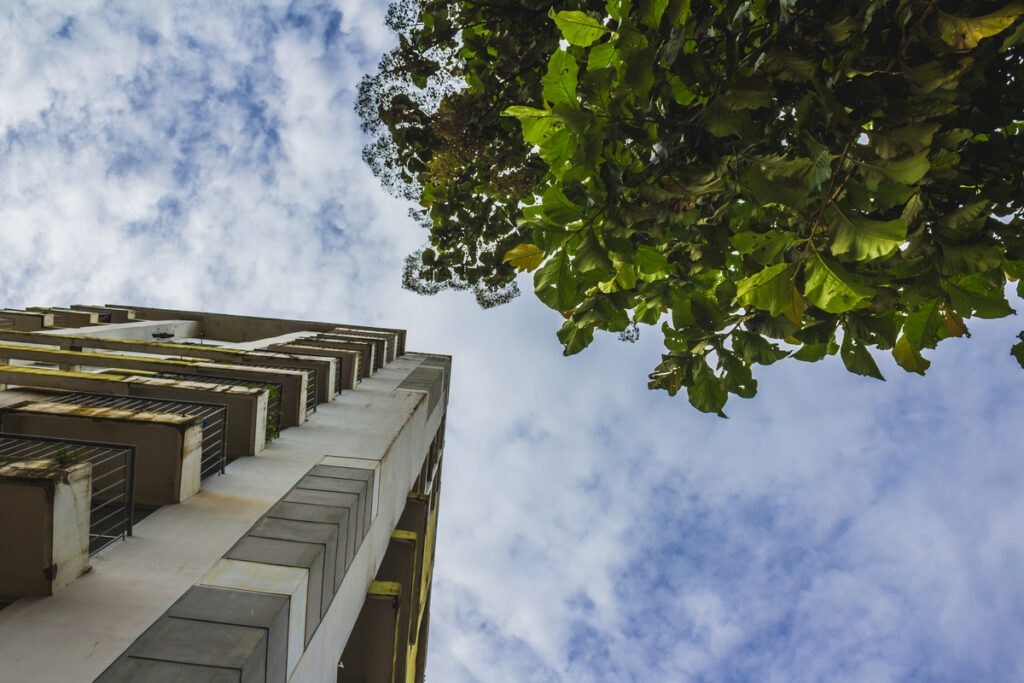Reducing carbon footprint in construction and environmental effects is becoming increasingly important in the industrial and construction sectors. Businesses use life cycle assessment, or LCA, to comprehensively assess and manage their environmental footprints. Strategies for LCA and carbon footprint reduction evaluate a product or process from the extraction of raw materials to its manufacturing, transportation, usage, and disposal, highlighting critical areas where emissions can be reduced.
Businesses that want to stay competitive must implement sustainable construction technology in response to pressure from customers and regulatory agencies. LCA is a vital tool that helps companies to evaluate emissions, simplify operations, and cut expenses. This article provides useful advice for companies looking to lessen their environmental influence while increasing operational efficiency by examining ten practical LCA-based techniques to reduce carbon emission in construction. It also discusses the advantages and disadvantages of each strategy.
Table of Contents
Comprehending LCA and its Role in Carbon Footprint Reduction
A systematic tool called Life Cycle Assessment (LCA) assesses a product, service, or process’s environmental effects at every stage of its existence, from cradle to grave. Levelized Cost Analysis (LCA) offers valuable insights into the stages of production, usage, transportation, disposal, and raw material extraction that are associated with the highest carbon emissions.
LCA is essential to reducing carbon footprints because it can pinpoint emission hotspots and provide a plan for reducing them. Businesses that use Life Cycle Assessment (LCA) methods are more likely to reach their carbon reduction goals and adhere to international frameworks for climate action, such the Paris Agreement.
The Role of Technology in LCA-Based Carbon Footprint Reduction
Simplifying LCA and carbon footprint reduction tactics is greatly aided by innovative technologies. SimaPro, GaBi, and OpenLCA are a few examples of software solutions that make gathering data, interpreting findings, and creating useful insights easier. With the help of these technologies, businesses may find chances for carbon reduction faster and without having to deal with the hassle of manual data collection.
Furthermore, more precise and predictive Life Cycle Assessment (LCAs) are made possible by developing technologies like artificial intelligence (AI) and machine learning, which let companies foresee environmental effects before they happen.

The Main Benefits of Using LCA and Carbon Footprint
Using Life Cycle Assessment to reduce carbon footprints has a number of important advantages, including:
- Comprehensive Analysis: LCA gives companies a comprehensive understanding of the environmental impact and helps them decide where to concentrate their efforts on reducing carbon emissions.
- Long-Term Cost Savings: Putting energy-efficient procedures into place and cutting waste frequently result in large long-term cost savings.
- Better Brand Reputation: Businesses that actively cut their carbon footprint gain favor with investors and environmentally conscientious consumers by improving their brand image.
- Respect for International Standards: Reducing environmental consequences is emphasized by a number of international regulatory frameworks, including ISO 14040. LCA assists businesses in adhering to these guidelines.
- Enhanced Efficiency: Life Cycle Assessment (LCA) aids in resource optimization and energy consumption reduction, both of which directly cut emissions by identifying inefficiencies and inefficient practices.
- Regulatory Compliance: Organizations that use Life Cycle Assessment (LCAs) are more prepared to meet the increasingly stringent environmental laws pertaining to carbon emissions and sustainability.
Suggested article to read: The 7 Game-Changing Benefits of LCA Analytics in Construction (2024)
10 Workable LCA-Based Strategies for Lowering Carbon Footprints
Here are 10 Workable LCA-Based Strategies for Lowering Carbon Footprints:
1. Make the Best Choice of Materials
One of the best methods to cut emissions is to use materials with smaller carbon footprints. Low-carbon concrete, biobased polymers, and recycled steel are examples of reusable materials in construction that greatly reduce a product’s overall environmental effect.
2. Increase Manufacturing’s Energy Efficiency
Implementing energy-efficient technology and procedures in the production phase minimizes energy consumption and emissions. Stages with the highest energy use can be identified via Life Cycle Assessment, enabling focused improvements.

3. Employ Renewable Energy Resources
The carbon footprint is greatly reduced when operations switch to renewable energy sources like solar, wind, or hydropower, particularly in energy-intensive industries.
4. Streamline Logistics and Transportation
Transportation inefficiencies like high fuel consumption and drawn-out supply chains can be identified by Life Cycle Assessment. Transportation-related emissions can be minimized by organizations through the optimization of logistics.
5. Implement Sustainable Design
Eco-design ideas make items durable, resource-efficient, and easily recyclable, which lessens their influence on the environment. One of the most important factors in cutting emissions during a product’s lifecycle is sustainable construction technology.
6. Reduce Water Use
Water extraction, purification, and transportation are high-energy operations. Lowering the amount of water used during manufacturing and operations contributes to a smaller carbon footprint.
7. Work Together Throughout the Supply Chain
Reducing carbon footprints throughout the whole supply chain is ensured by collaborating with suppliers to implement sustainable practices. LCA assists in determining which suppliers are most responsible for emissions and areas in need of improvement.
8. Cut Waste at Every Turn
Reducing packaging, enhancing product design, and recycling are examples of waste reduction techniques that help reduce carbon emissions. Waste hotspots are identified by Life Cycle Assessment, along with strategies for reducing them.
9. Adopt Circular Economy Methods
Reusing, recycling, and remanufacturing materials to increase their lifespan and decrease waste is the main goal of the circular economy in construction. As a result, less raw material extraction is required, and carbon emissions are decreased.
10. Increase Product Lifecycle
A product’s longer lifespan lowers its overall environmental effect by reducing the need for frequent replacements. A crucial component of this method is designing for repairability and durability.

Challenges in Using LCA to Reduce Carbon Footprint
Even though LCA has many benefits, there are certain difficulties in putting it into practice, such as:
- Complexity of Data Collection: Gathering precise and comprehensive data from every phase of the product lifecycle is necessary for conducting a lifecycle analysis (LCA), but it can be labor- and resource-intensive.
- Cost Implications: There may be higher up-front expenses associated with implementing carbon reduction methods, especially if they involve new technology or material modifications. Long-term benefits from these expenditures, however, frequently include increased productivity and regulatory compliance.
- Engaging Suppliers: It can be challenging to make sure that suppliers follow sustainable practices, particularly when working with international supply chains. Working together is necessary to achieve significant reductions.
Future of LCA and Carbon Footprint Reduction
LCA’s future is strongly linked to technological developments. LCA is becoming more widely available thanks to tools that streamline data collection and analysis, such as SimaPro, GaBi, and OpenLCA. Additionally, the integration of artificial intelligence (AI) and machine learning (ML) promises to significantly strengthen the predictive capabilities of Life Cycle Assessment, making it easier for organizations to foresee environmental impacts and take proactive efforts to minimize their carbon footprints.
Conclusion
In today’s ecologically aware society, lowering a company’s carbon footprint is a must. A thorough method for determining and reducing a product’s environmental effects across its whole lifecycle is provided by Life Cycle Assessment (LCA). Businesses can proactively reduce their emissions, adhere to global sustainability requirements, and improve operational efficiency by using the ten measures described in this article.
The long-term advantages—such as cost savings, enhanced brand recognition, and compliance with international standards—make these initiatives valuable, despite obstacles like data collecting and supplier participation. Advanced technology is making LCA and carbon footprint reduction techniques more affordable and practical for businesses of all kinds.
FAQs
How can Life Cycle Assessment (LCA) Help Reduce Carbon Footprints in Construction and Manufacturing?
- Answer: LCA is a thorough tool that assesses a product or process’s environmental effects at every stage of its lifecycle, from the extraction of raw materials to disposal. LCA finds “hotspots”—areas where the majority of greenhouse gas (GHG) emissions occur—by examining each step. After that, businesses can concentrate on implementing reduction initiatives, such choosing low-carbon materials, minimizing energy use, and enhancing transportation logistics. Businesses can reduce their carbon footprint, improve operational efficiency, and guarantee sustainable practices by using this all-encompassing strategy.
What are the Most Effective Strategies for Reducing Carbon Footprints Using Life Cycle Assessment?
- Answer:The following are a few of the most successful LCA-based methods for lowering carbon footprints:
- Replacement of materials with low-carbon substitutes, including biodegradable polymers or recycled steel.
- Energy-efficient production techniques to lower emissions and energy use.
- Adoption of renewable energy to reduce dependency on fossil fuels in transportation and manufacturing.
- Streamlined operations to reduce pollutants and fuel consumption.
- By recycling and repurposing materials, circular economy concepts can extend the lifespan of products while lowering the need for new resources. Throughout the whole lifecycle, these tactics maximize resources and cut emissions at every stage.
What Challenges do Companies Face When Implementing LCA-based Carbon Footprint Reduction Strategies?
- Answer: There are obstacles to implementing LCA-based methods, including:
- Data gathering complexity: Accurate and comprehensive data collection throughout the lifespan can be resource-intensive and necessitate cooperation across several departments and supply chain partners.
- Starting prices: A large upfront expenditure is required for many methods, such as implementing new materials or renewable energy sources. However, long-term savings frequently outweigh these.
- Engagement in the supply chain: It can be challenging to coordinate changes across the supply chain, particularly for worldwide operations, when adopting LCA-based initiatives successfully.
How can Renewable Energy Adoption Impact Carbon Footprint Reduction in LCA?
- Answer: Carbon footprints can be greatly decreased by incorporating renewable energy sources, like solar or wind power, into operations and manufacturing processes. Comparing renewable energy sources to conventional fossil fuels like coal and natural gas results in little to no greenhouse gas emissions. Businesses can use life cycle assessment (LCA) to determine which phases of production or supply chain activities use the most energy and transition to renewable sources during these times. This change reduces emissions and, as energy efficiency increases, helps to save costs over the long run.
How does Sustainable Product Design Contribute to Carbon Footprint Reduction?
- Answer: The goal of sustainable product design, often known as eco-design, is to make durable, easily recyclable, and multipurpose goods that consume minimal resources. Businesses can evaluate the environmental impact of materials and processes early on and select options that lower carbon emissions by including life cycle assessment (LCA) into the design phase. For example, using materials that need less energy to make, engineering for longevity, and ensuring ease of recycling all contribute to smaller carbon footprints over the product’s life. This design strategy satisfies consumer demand for eco-friendly products while guaranteeing sustainability.
Suggested article for reading:
The Role of PIM in Sustainable Construction (2024)
IoT Sensors in Smart Buildings: Enhancing Efficiency and Sustainability
IIoT Technology: Top 7 Sustainable Practices It Enables
Resilient Construction; 2024 Guide
What is Eco Friendly Construction & Why is it important? 2024 Guide
What are Construction Surfaces? Your 2024 Guide
Nearly Zero Energy Buildings (NZEB); Ultimate Guide 2024
Resources:
kabaun | EcoChain | SienceDirect
Books and Articles:
Baumann & Tillman, 2004; Guinée et al., 2011; Finkbeiner, 2014; EPA, 2023
Worrell et al., 2017; Allwood & Cullen, 2012
Finkbeiner, 2014; EPA, 2023
Bocken et al., 2016; McDonough & Braungart, 2002
Ellen MacArthur Foundation, 2020; Allwood & Cullen, 2012
Guinée et al., 2011; Worrell et al., 2017; ISO 14040; EPA, 2023
For all the pictures: Freepik





